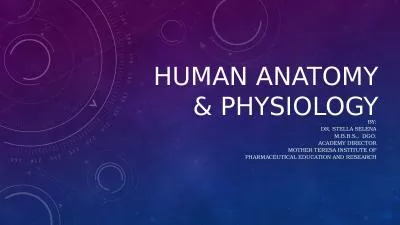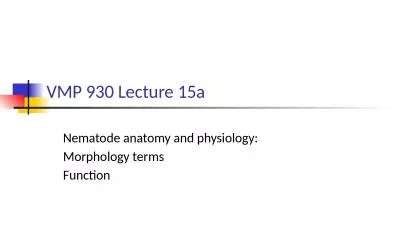PPT-Lab Safety in Anatomy & Physiology
Author : liane-varnes | Published Date : 2018-09-18
Presented by Danielle Kriminger 20122013 Safety First Handson experiences are essential to learning in science class but safety must be the first concern The
Presentation Embed Code
Download Presentation
Download Presentation The PPT/PDF document "Lab Safety in Anatomy & Physiology" is the property of its rightful owner. Permission is granted to download and print the materials on this website for personal, non-commercial use only, and to display it on your personal computer provided you do not modify the materials and that you retain all copyright notices contained in the materials. By downloading content from our website, you accept the terms of this agreement.
Lab Safety in Anatomy & Physiology: Transcript
Download Rules Of Document
"Lab Safety in Anatomy & Physiology"The content belongs to its owner. You may download and print it for personal use, without modification, and keep all copyright notices. By downloading, you agree to these terms.
Related Documents

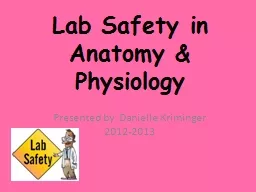
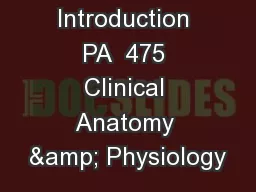
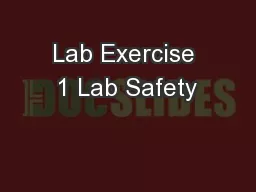
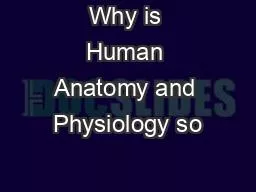
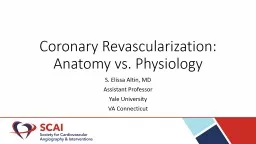
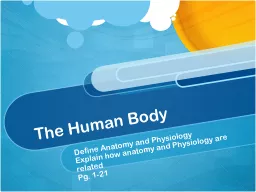


![[EBOOK] Anatomy Physiology Made Easy: An Illustrated Study Guide for Students To Easily](https://thumbs.docslides.com/1005765/ebook-anatomy-physiology-made-easy-an-illustrated-study-guide-for-students-to-easily-learn-anatomy-and-physiology.jpg)
